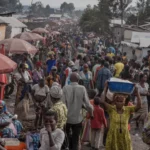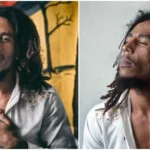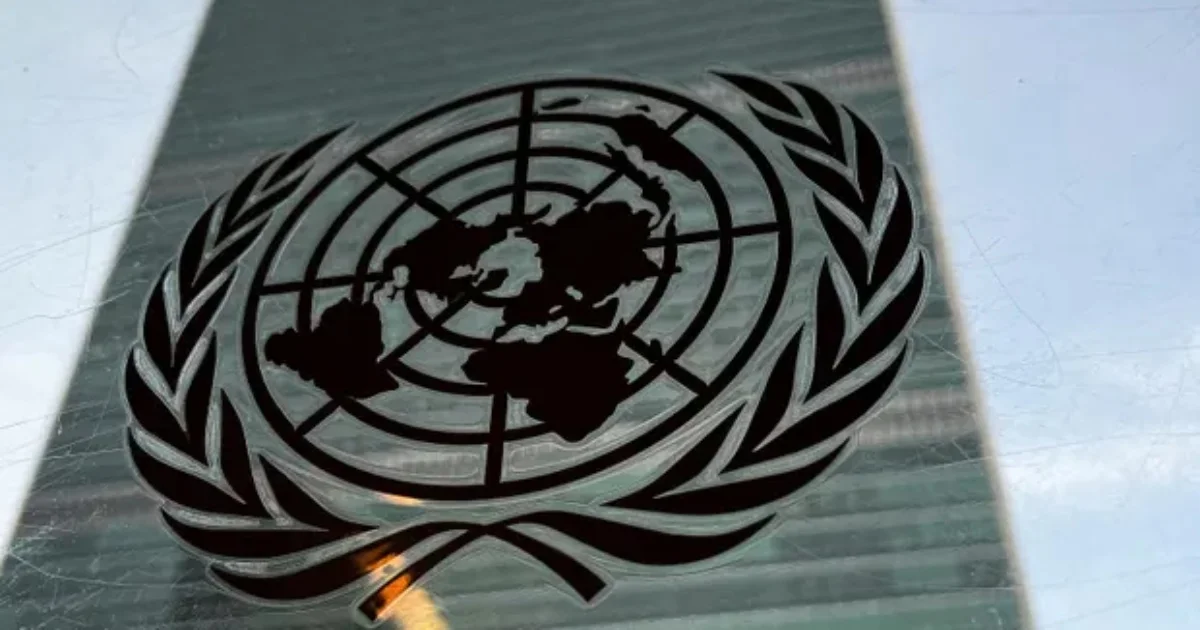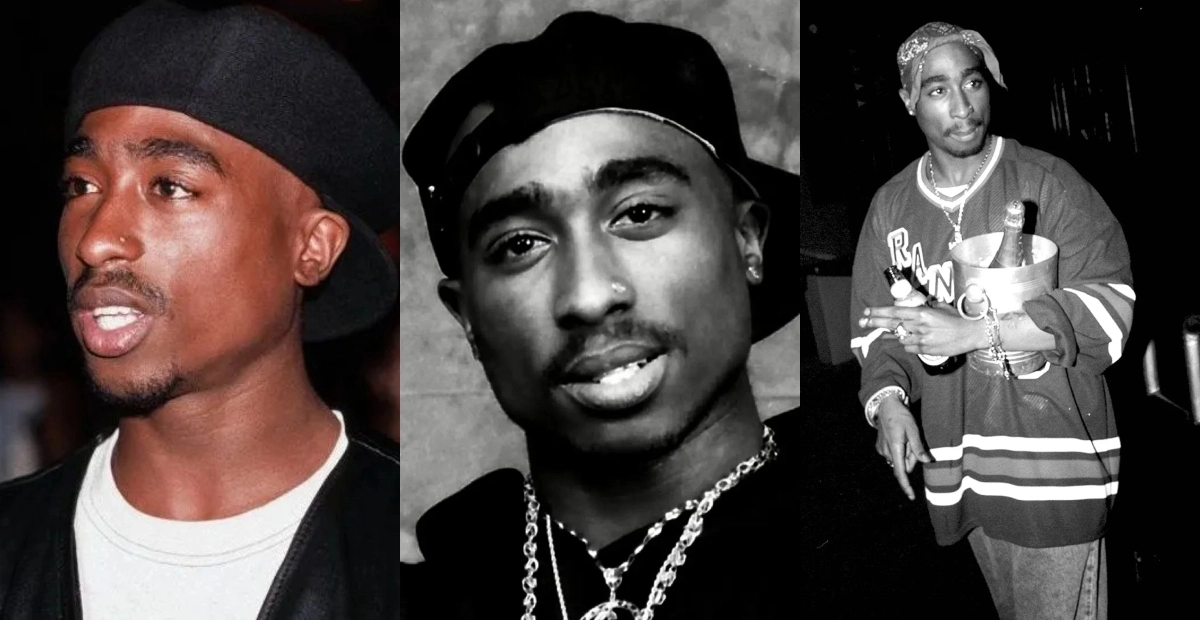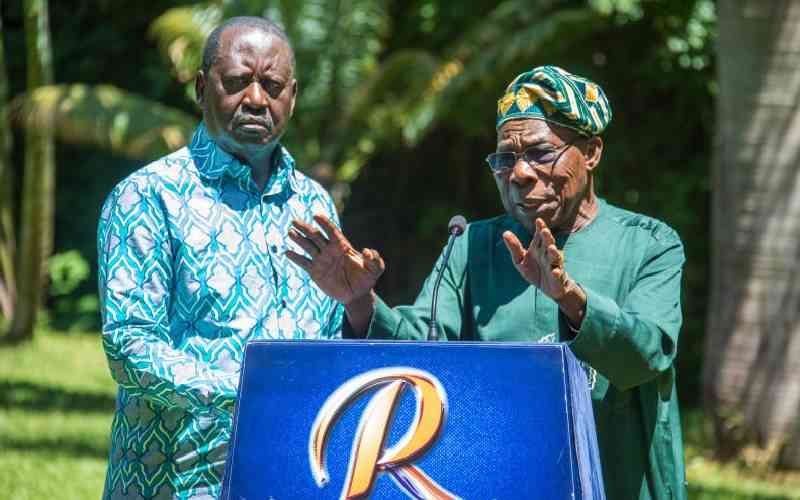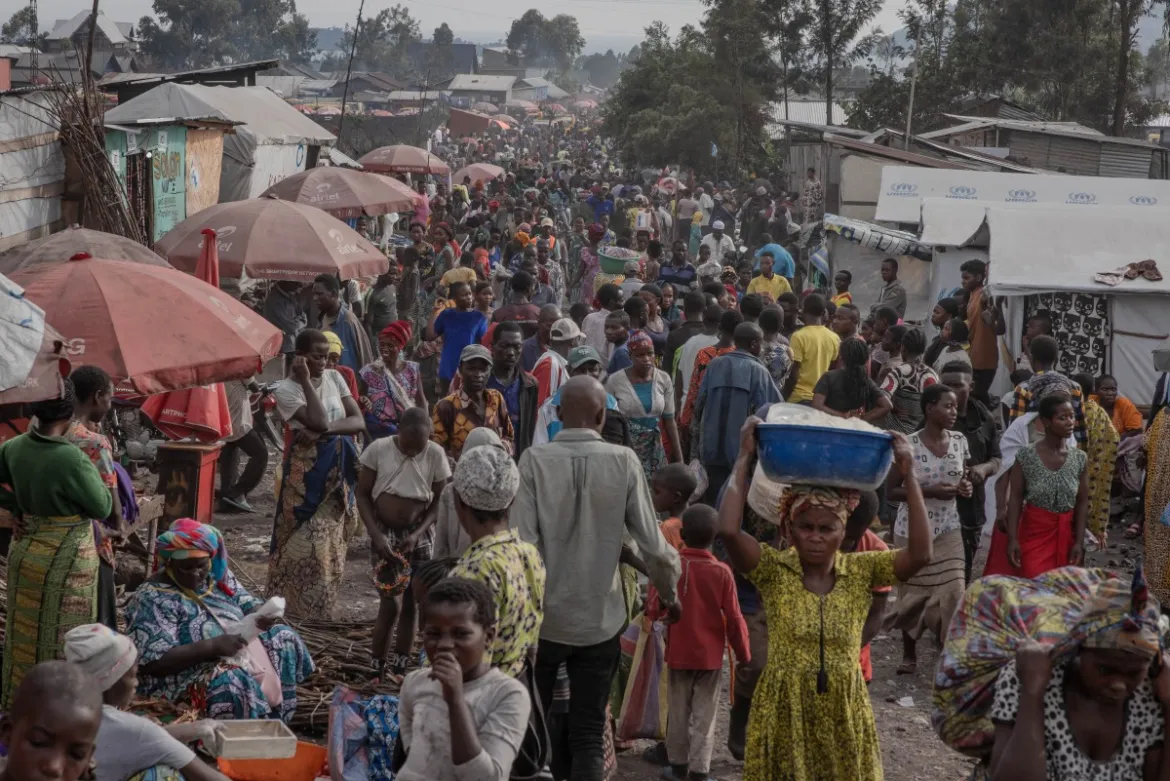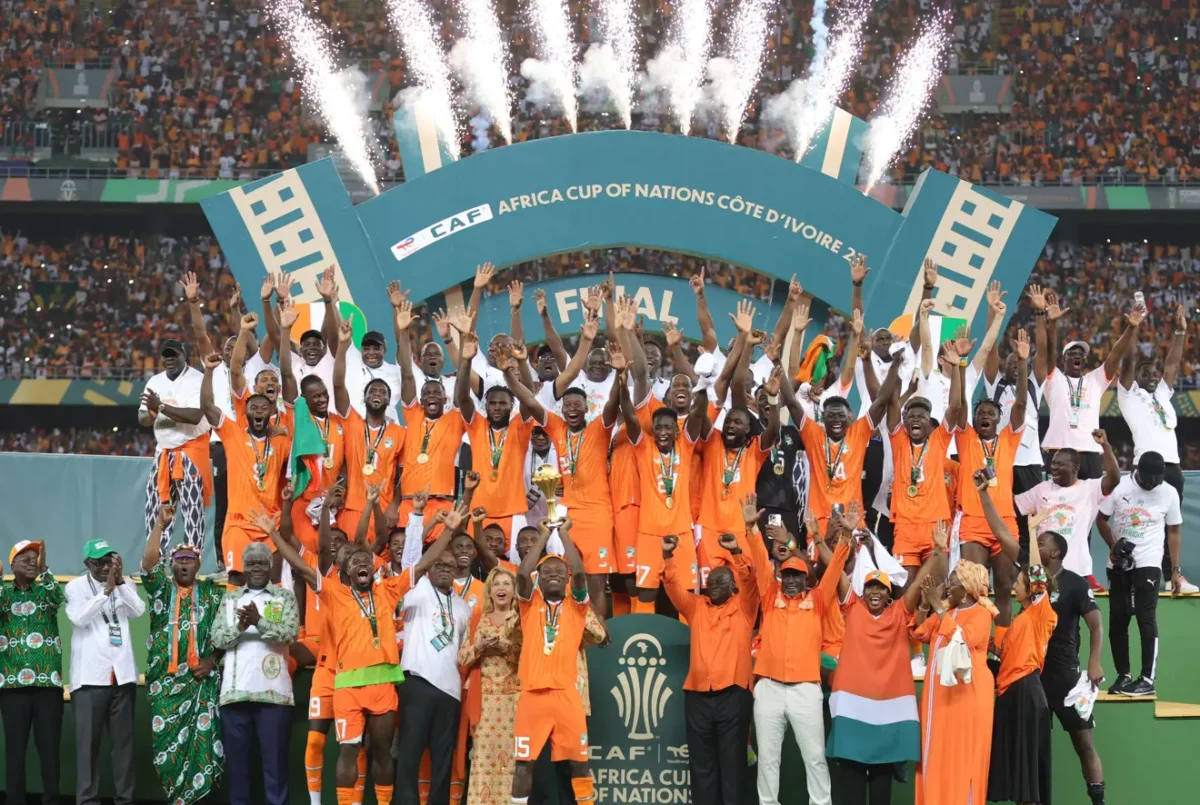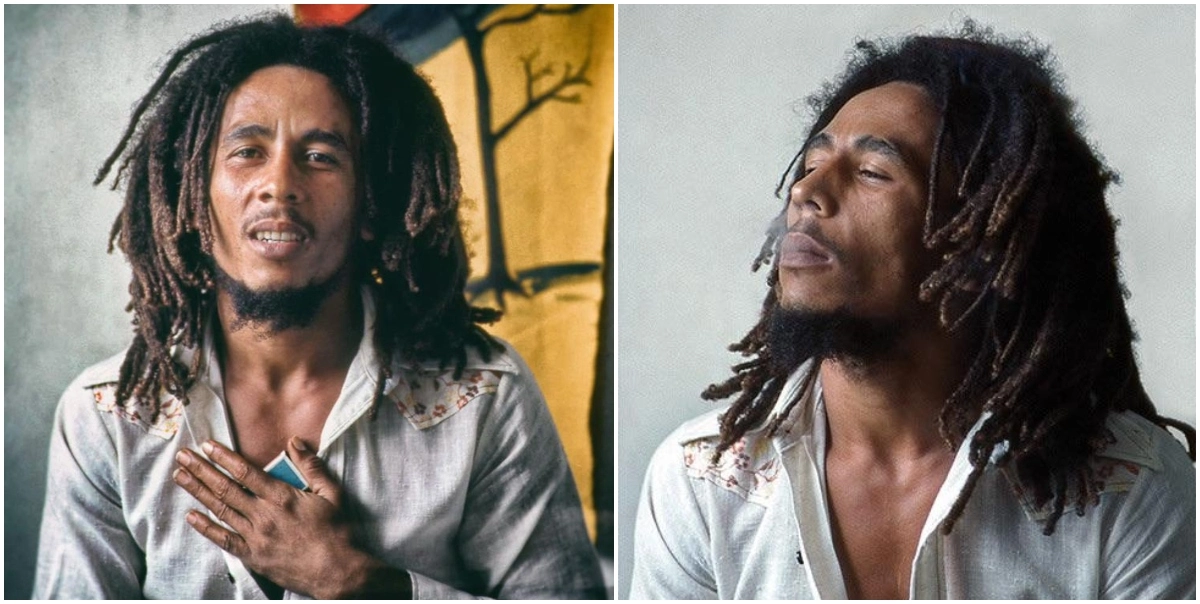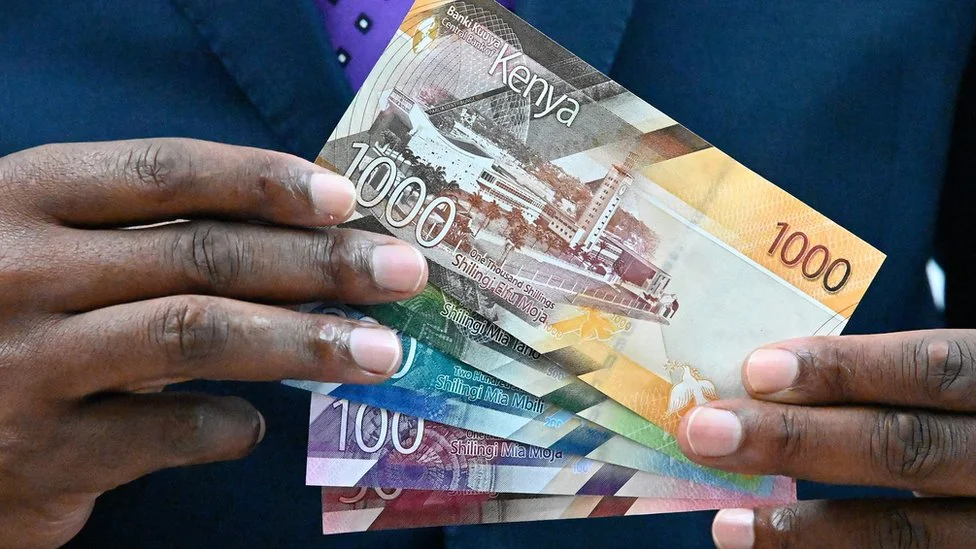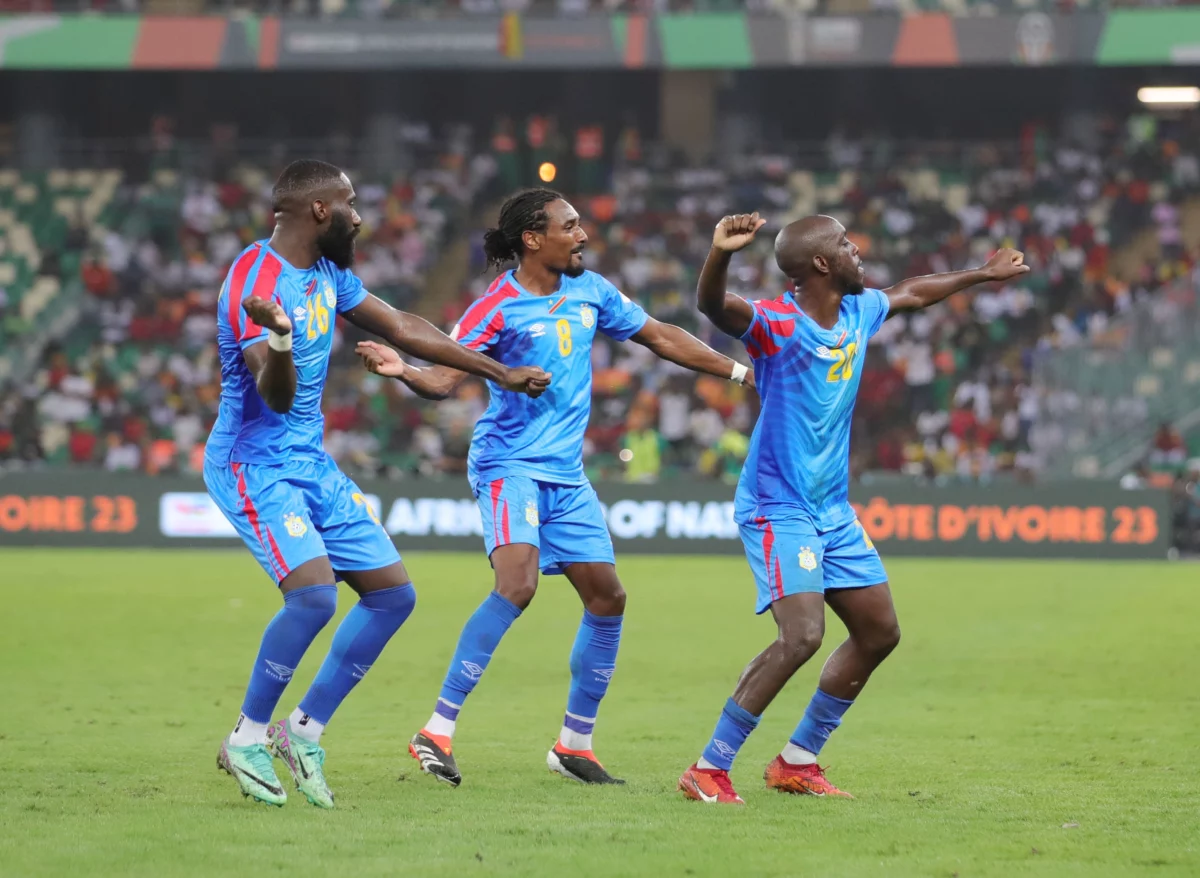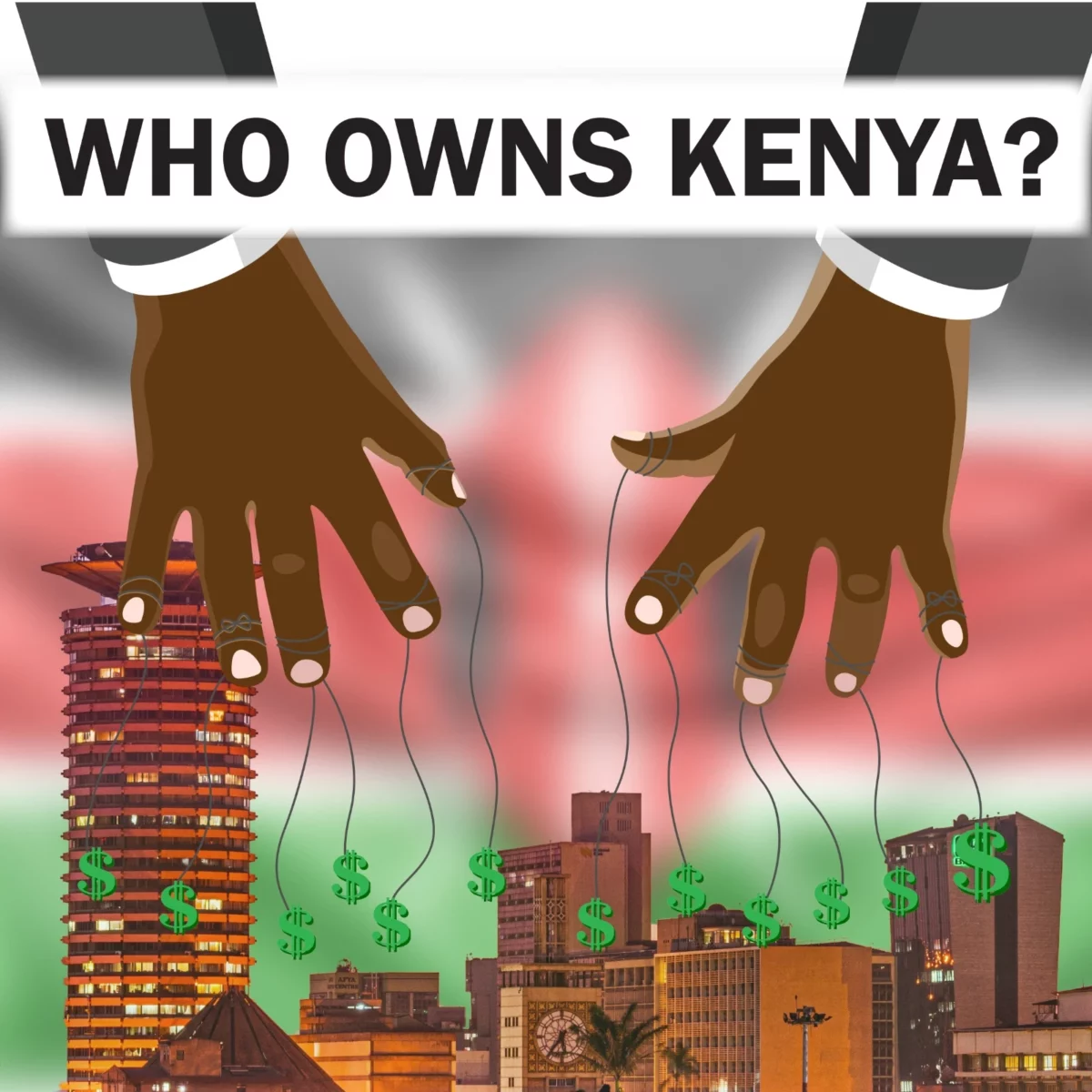The family of the late freedom fighter Koitalel Arap Samoei has issued tough demands to the British government to return back the head of their kin and Ksh 150 billion to the Nandi Community as compensation fee for the loss of life and properties.
Further, the Koitalel family demanded a public apology from the British government for the killing of the freedom fighter.
Samoei’s Grand-Son Ambrose Tarus made the demand on Monday in Koitalel mausoleum in Nandi Hills – the same day Britain’s longest-serving monarch, Queen Elizabeth II was buried.
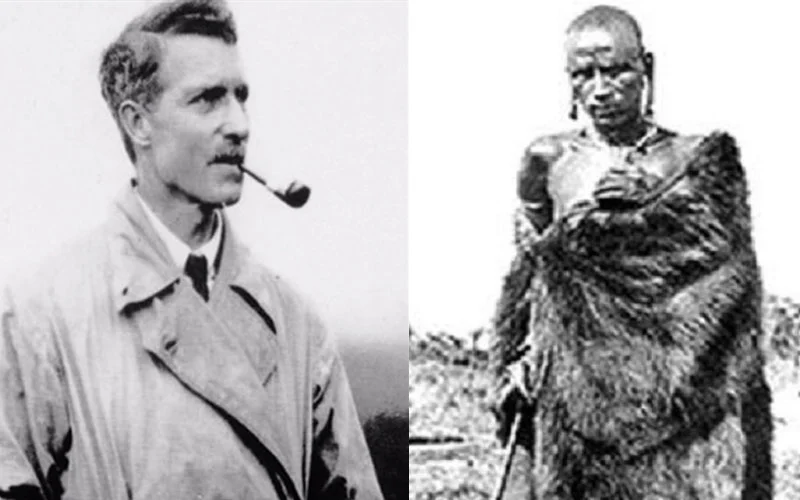
“It is time that the family and the community can enjoy peace,” Tarus said.
Koitalel an Orkoiyot of the Nandi people was decapitated and his head taken to England as a war trophy, according to Nandi elders.
Orkoiyot Koitalel Arap Samoei was the face of Nandi’s resistance against British colonial rule. He was shot dead by British colonial officer, Richard Henry Meinertzhagen, after luring him to a truce meeting that never was.
Subscribe to our YouTube Channel at Switch TV.
When Koitalel arrived at the venue on the morning of October 19, 1905, Richard shot him at point-blank range as the Orkoiyot stretched his hand to shake the Britons.
The chief’s death effectively ended the Nandi resistance. Years later, Richard sought to mend fences with Koitalel’s family.
According to historian and preacher Peter Chemaswet, chief Elijah and Malel offered to mediate, but failed to bring the two parties together and instead pocketed money the Briton had brought as restitution for killing the revered Orkoiyot.
“He was coming to apologize to Koitalel’s family through Elijah and Malel who took the money but did not take the gift to the family,” says Chemaswet while trying to trace the genesis of accidents around Sachang’wan.
More than 12,000 people are believed to have been killed in a bloody 10-year struggle over the railroad that began in 1895 when surveyors first marked Nandi territory as a route for the tracks.


